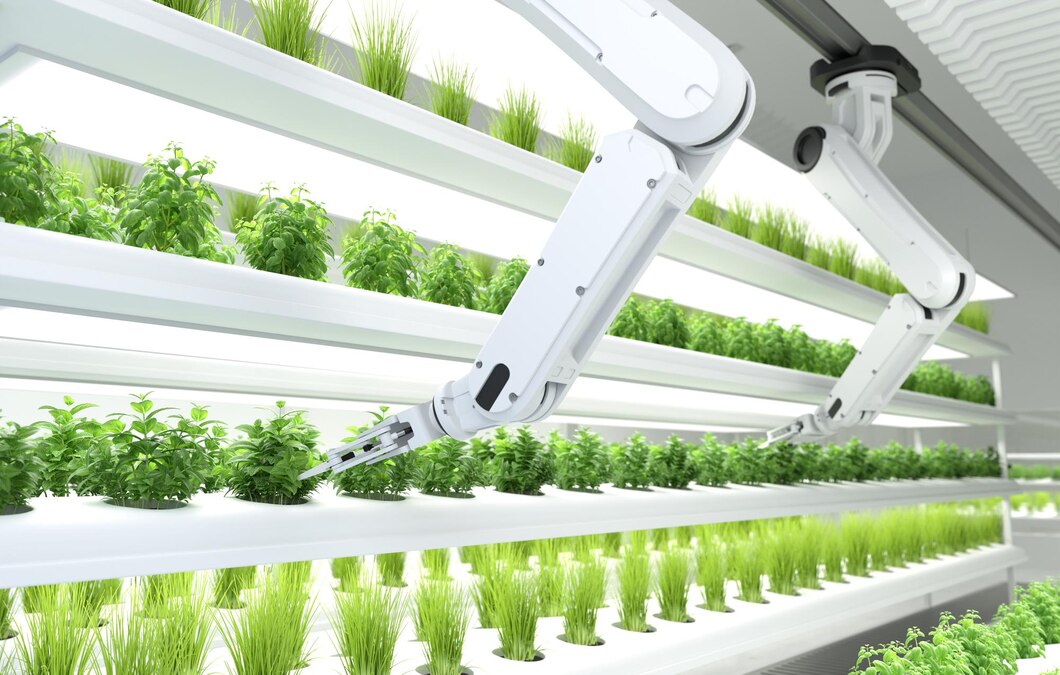
Sponsored article
As technology advances, its significant impacts permeate even the most traditional sectors. The food processing industry is no different. Unveiling the influence of robotic automation, we explore how this state-of-the-art technology has been instrumental in transforming material handling within this industry, leading to unprecedented gains in safety, efficiency and overall productivity.
Robotic automation has emerged as a game changer in the food processing industry, revolutionizing traditional systems and routines. It has dramatically boosted efficiency and accuracy, making it a vital element in modern food manufacturing. The benefits of deploying robotic automation provided by CHL Systems Inc are incomparable. These advantages include:
Through innovative implementation, CHL Systems Inc continues to revolutionize the food processing industry by integrating robotic automation into material handling. You can find additional information on this topic at https://chlsystems.com/.
In the realm of material handling in food processing, there’s been a significant evolution from outdated past methods to state-of-the-art, contemporary robot-led methods. Before modern advancements, the process remained labor-intensive and inefficient, relying heavily on manual labor with high potential for human error. Striking changes have emerged over time, such as:
Now, with the advent of robotic automation, material handling has achieved new heights of accuracy, efficiency, and productivity. It’s indisputable that this transition has revolutionized the sector, bringing unprecedented benefits to the food industry.
In our quest to understand real-world applications, let us delve into a case study highlighting the efficiencies achieved through robotic automation in action. A well-known bakery chain faced challenges in maintaining optimal hygiene standards and timely delivery of large volumes. With the integration of robotic automation into their routine operations, they witnessed remarkable efficiencies. The robots provided persistent, round-the-clock service, eliminating human-induced errors and inconsistencies. They adeptly maneuvered complex operational sequences, facilitating streamlined, precise material handling. Their contribution led to up to a 60% surge in productivity, a unprecedented reduction in waste, and delighted customers. Truly, this case study exemplifies how robotic automation is revolutionizing the very fabric of food processing.